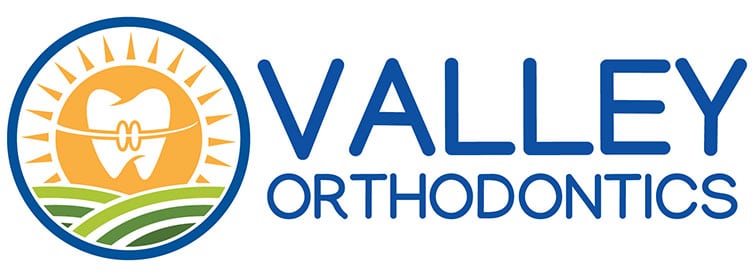Orthodontic Treatment
We specialize in Orthodontics. Braces are used to assist in aligning and straightening teeth in order to not only improve appearance, but improve a person’s bite. Having braces isn’t just about improving your smile; it’s also about improving your overall dental health. Orthodontics may be used to correct malocclusion, overbite, underbites, cross bites, deep bites, crooked teeth and other flaws of the teeth and jaws. Braces may be used in conjunction with other orthodontic appliances to help with making corrections to a person’s bite.
Dental technology has improved over the years to include new options to help correct the above issues, and there are a number of techniques and products available that were not available just a few short years ago. The patient experience has improved and today’s options are less conspicuous than the full braces that were common in the past.
Your visit will begin with a consultation with the doctor to go over the best alternatives for your orthodontic care. The doctor will address any questions you may have regarding your treatment and will provide a plan for orthodontic therapy.
Early Orthodontic Treatment
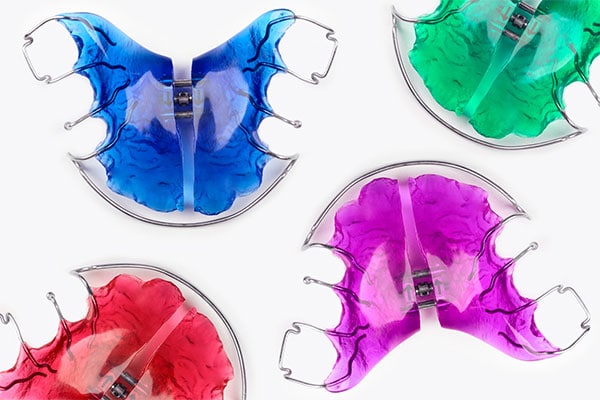
Often, preparation of the teeth is necessary before braces can be considered. Phase I treatment usually takes places between the ages of 7-11 and can involve appliances that create space in the mouth and correct bite problems while growth is still occurring. This stage is generally completed early, while patients still have mixed dentition (baby teeth and adult teeth).
Clear and Metal Braces


Traditional metal braces are still the most popular types of braces as they produce high quality results. Clear Ceramic braces are popular with adults and teenagers who want the results of braces without the look of metal.
Invisalign®

Invisalign® uses an advanced digital modeling system for the making of custom trays that will guide the patient's teeth into a beautiful smile.
Retainers
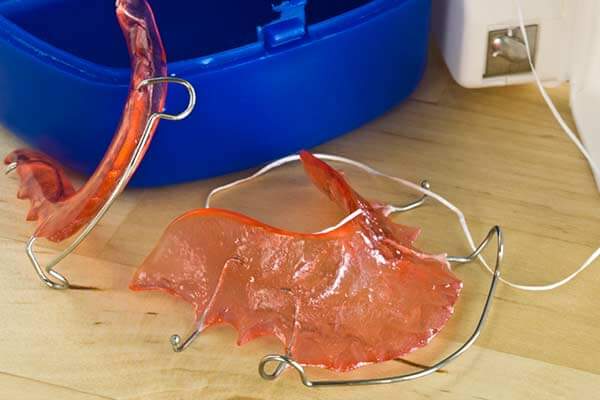
Once treatment is complete, a retainer is worn for a period of time, usually just at night. The retainer helps maintain the new smile and also allows for small adjustments, if needed, once the braces have been removed. Dr. Kroboth and her team will go over the options with you and provide specific instructions on the use of your retainers.
Palate Expanders
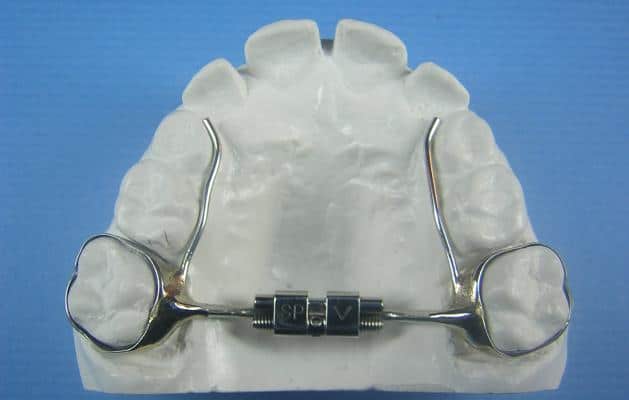
Both removable and fixed Palate Expanders can be used to address crowding and other issues by expanding the upper jaw to make more room to accommodate tooth and/or jaw alignment.
Functional Appliances
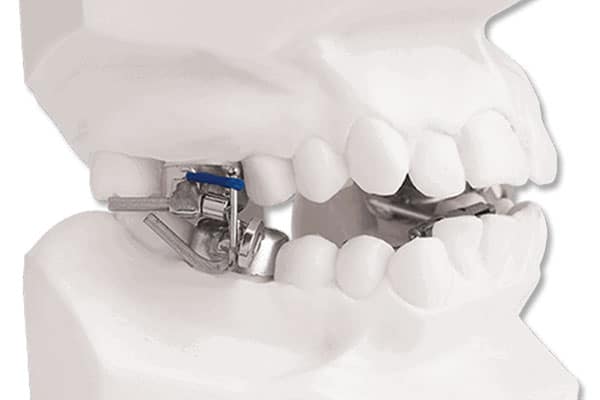
The MARA (Mandibular Anterior Repositioning Appliance) is a simple overbite and overjet corrector used in growing patients. The MARA is a fixed appliance, meaning it is attached to the teeth, and cannot be removed by the patient for the course of treatment. The appliance works by allowing the bottom jaw to move forward to meet the top jaw. The bent arms on the sides of the appliance (the Elbows) help posture the lower jaw comfortably forward, and, over the course of the treatment, this new bite will become permanent. The top part of the appliance can also include a palate expander, which corrects the width of the top jaw at the same time as the appliance works on the bite.
The MARA only works in growing patients. For this reason, it is ideal to start treatment with the MARA when your child is in their active growth spurt. A patient who is past their peak growth may not benefit from the maximum overbite and overjet correction. The MARA appliance stays in the mouth for approximately 9-12 months. Sometimes it can be followed directly by braces, or, if your child is not ready for comprehensive orthodontic treatment, a rest period of several months may be indicated prior to braces in which time Dr. Kroboth will continue to monitor growth and development.
